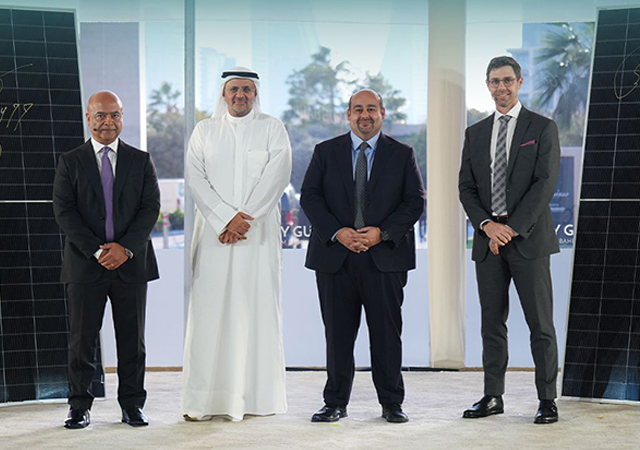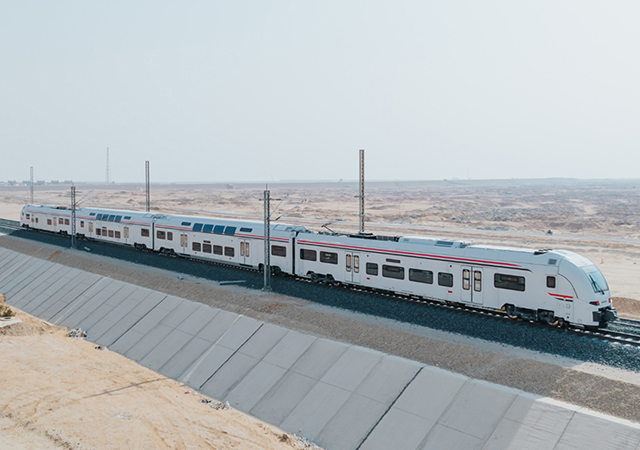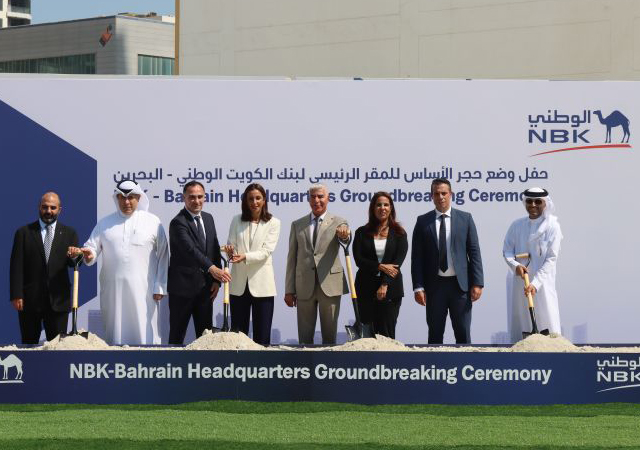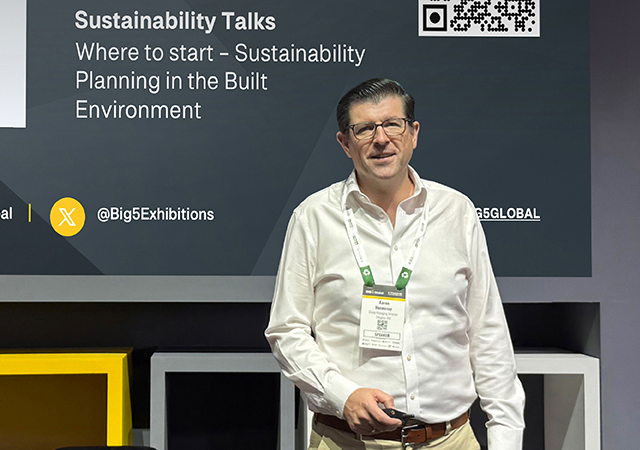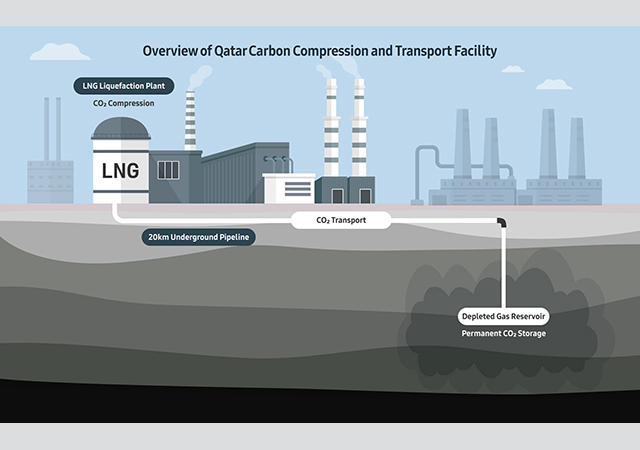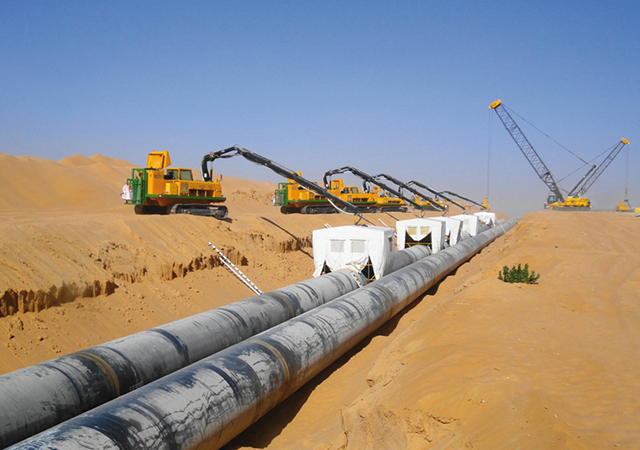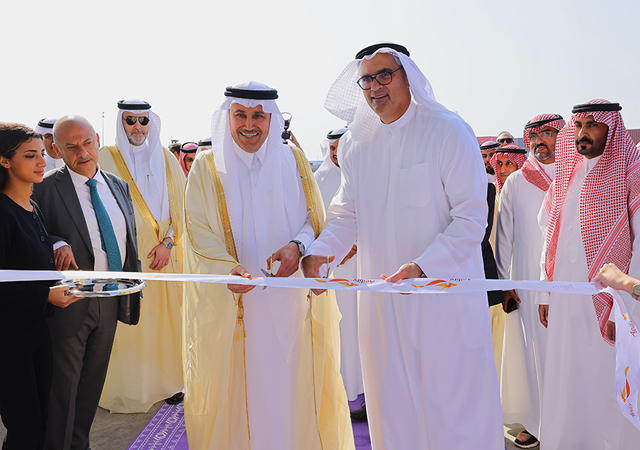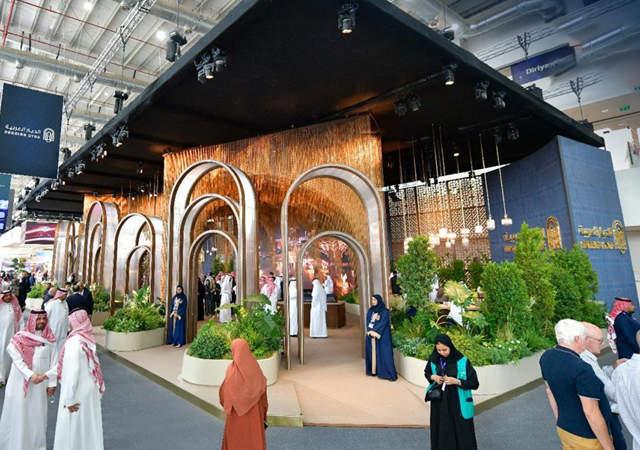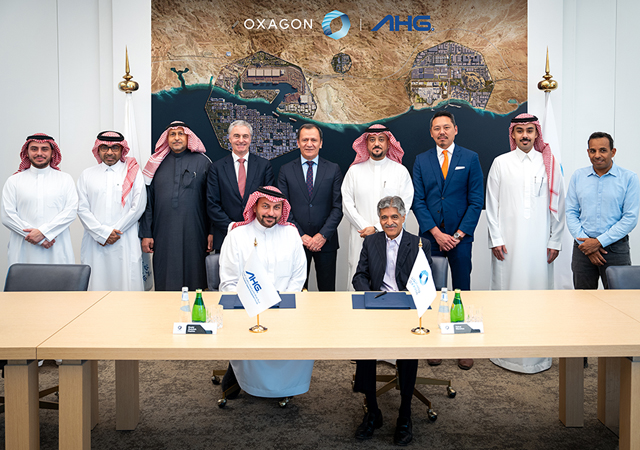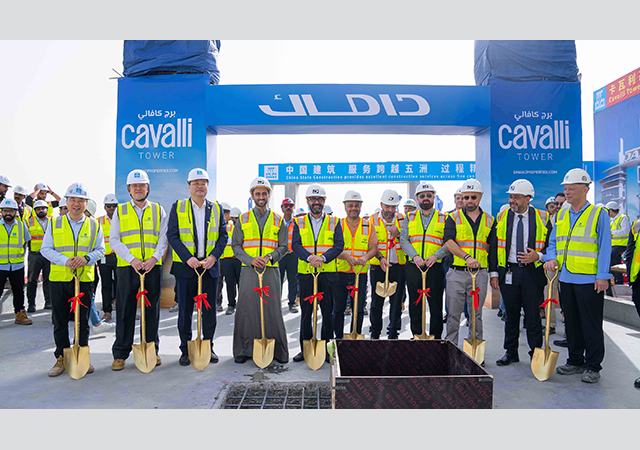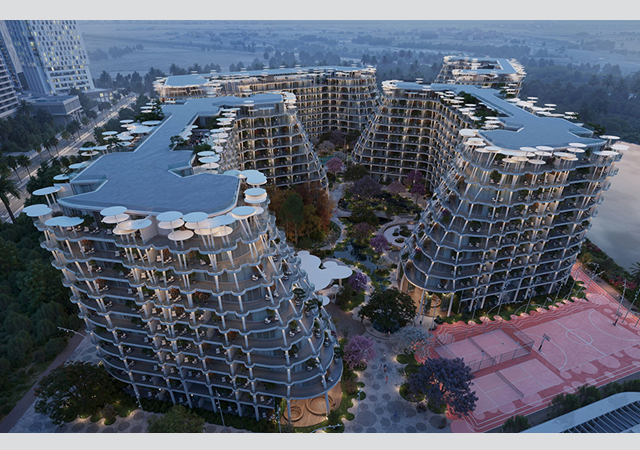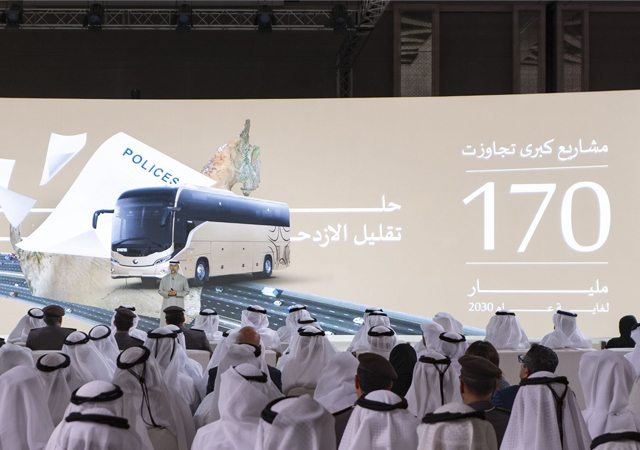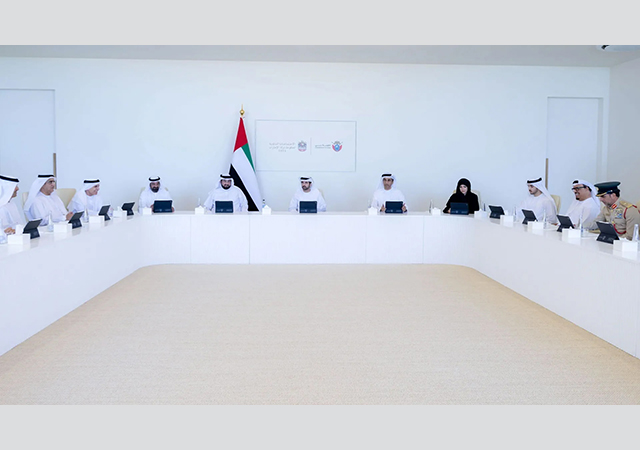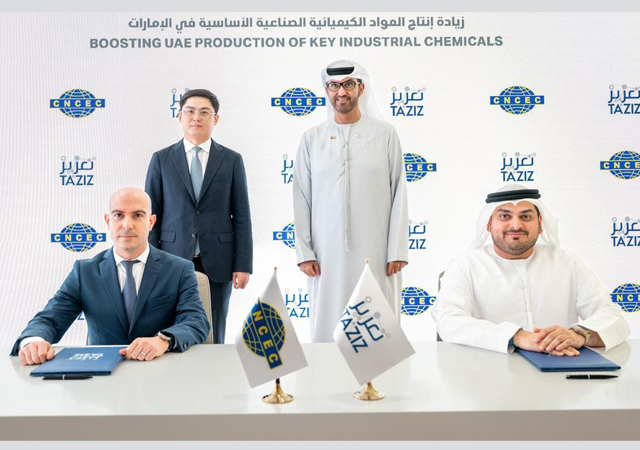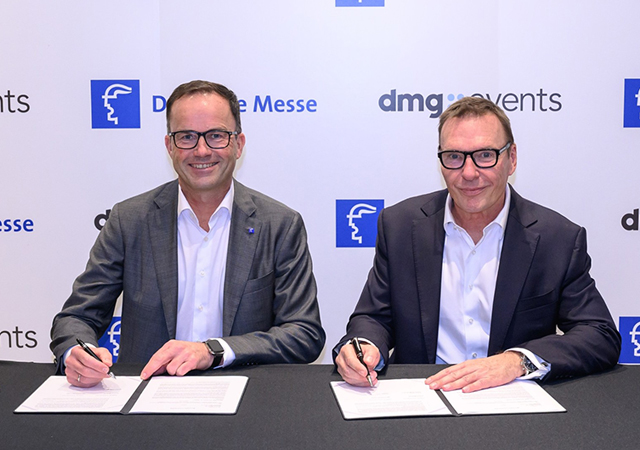
 BSP hydraulic piling hammers ... high quality and innovative.
BSP hydraulic piling hammers ... high quality and innovative.
RECOGNISING the potential for its products in the region, the UK-based BSP International Foundations (BSP) is set to strengthen its position by effectively marketing its range of high-quality hydraulic piling hammers and the innovative rapid impact compactor (RIC) concept.
For more than a century, BSP has been at the forefront in the innovation and manufacture of piling hammers and related equipment. During its 104-year history, the company with its manufacturing facilities in Ipswich, England, has pioneered the development of steam-, air- and diesel-powered hammers, culminating in the introduction of its first hydraulic-powered hammer in the 1980s.
 |
|
The CG300 hydraulic piling hammer in use at the Port of Tripoli. |
Since then, further development and technical innovation has resulted in its current range of medium-duty CX and heavy-duty CG hammers, which offer contractors a choice of models with ram weights ranging from 1.5 tonnes up to 40 tonnes. These hydraulic hammers, which can be crane suspended or leader mounted, have made significant production contributions on civil engineering projects – both onshore and offshore – in many countries worldwide.
A recent high-profile project involving BSP equipment in the Middle East was the supply of a CG300 hydraulic piling hammer to the China Harbour Engineering Company for use in extending the existing facilities at the Port of Tripoli in Lebanon. A combi wall was constructed using more than 360 sheet piles and 190 tubular steel piles, 27-m long with a diameter of 1.22 m and a wall thickness of 15.88 mm.
Elaborating on the project, a spokesman for BSP says: “These piles were driven around 10 m into the seabed through a 15-m depth of water. More than 200 bearing piles with a 1.06-m diameter and a length of 37 m were also installed parallel to the combi wall and driven almost 21 m into the seabed. This wall extends out into the sea from the existing quay and runs 600 m along the coastline. Ground conditions below the seabed comprised various silty clays, which enabled the hammer to average final driving set of 6.7 mm to 11.5 mm per blow for every 10 hammer blows.”
Although the CG300, with its 20-tonne ram weight, is currently one of BSP’s largest heavy-duty piling hammers in the CG range, the company can tailor-build larger hammers with ram weights of up to 40 tonnes for special projects or to suit customer requirements.
RICs
In addition to its impressive range of piling hammers, BSP develops and manufactures RICs, which have become the preferred method for a number of ground improvement projects around the world.
“The RIC has been successfully used in the Middle East to compact large areas of infill sites including the world’s largest petrochemical refinery at Assalouyeh on Iran’s Gulf coast and the huge Ras Laffan port extension in Qatar. At Ras Laffan, a total of 350 hectares was compacted by the BSP compactors,” says the spokesman.
More recently, RIC-Middle East, a UAE-based contracting company, purchased four RIC9000 units from BSP which were delivered to Qatar, to undertake unusual work on the Cultural Village Project (CVP) in the West Bay area of Doha, the capital city. This 99-ha area is being developed by the government of Qatar and will ultimately provide 40 different types of low-rise buildings built to reflect a historical and cultural theme.
“What makes this project unusual is the scale and scope of the RIC treatment undertaken by the four units,” he comments. “RIC-Middle East was initially contracted to treat 578,000 sq m of the sand and gravel fill at ground level. This ground, originally reclaimed from the sea some years ago, provided the base on which the CVP is to be built. The next phase was to raise the ground level in a succession of 4-m lifts up to 30-m height using granular fill imported from quarries across Qatar.”
The four RICs were mounted on two Kobelco LC480s and two Caterpillar 345Bs hydraulic excavators. Compaction of the fill was carried out as each level was placed. According to the company, its proposal to employ the RIC method for compaction of the made-up fill drastically reduced the cost and completion time as compared to conventional methods. When completed, the ‘hill-side’ will have a 30-m elevation at its highest point, enabling the developers to construct a large community with sea views and a scenic outlook – an unusual situation in a country as flat as Qatar. Typical daily coverage of the RIC is up to 800 sq m based on single shift working but on the CVP project the contractor achieved an average of around 1,400 to 1,500 sq m per 10-hour day shift, the spokesman says.
Available in five-, seven-, nine- and 12-tonne drop weight sizes, the RIC is based on BSP’s hydraulic piling hammer technology and can be mounted on hydraulic excavators with operating weights from 30 to 65 tonnes.
“In operation, the unit’s 1.5-m-diameter foot stays in contact with the ground, ensuring efficient energy transfer to the ground at all times. Energy is imparted by dropping the weight through a relatively small height of up to 1.2 m at a rate of between 40 to 60 blows per minute. In some ideal ground conditions, good improvement has been achieved to a depth of 10 m,” he says.
Monitoring of the RIC’s performance is an essential part of the process, both to present proof of work done to clients and identify problem areas that may need extra fill. BSP has enhanced monitoring with the addition of GPS (global positioning system) using the PCX-RIC system. This automates the logging of compaction work against site coordinates.
The in-cab display can be loaded with site plans from a CAD program and a pre-determined pattern displayed to guide the driver and minimise setting out requirements. The finished RIC results can then be uploaded back onto the original plans to provide pictorial representation of work done to clients.
BSP is looking to further explore opportunities in the region which, with its unprecedented levels of development, has become a significant market for construction plant and equipment, he concludes.



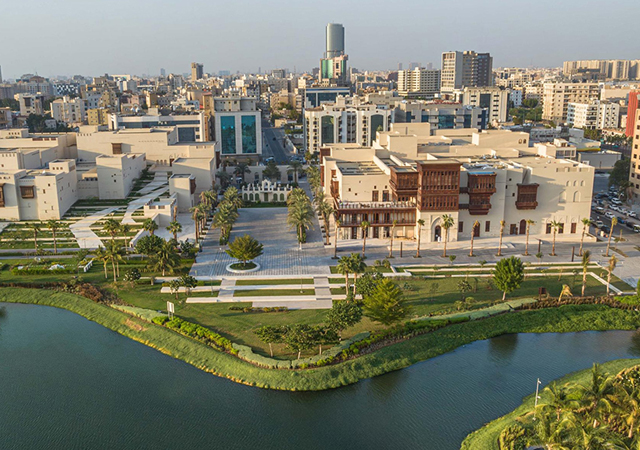
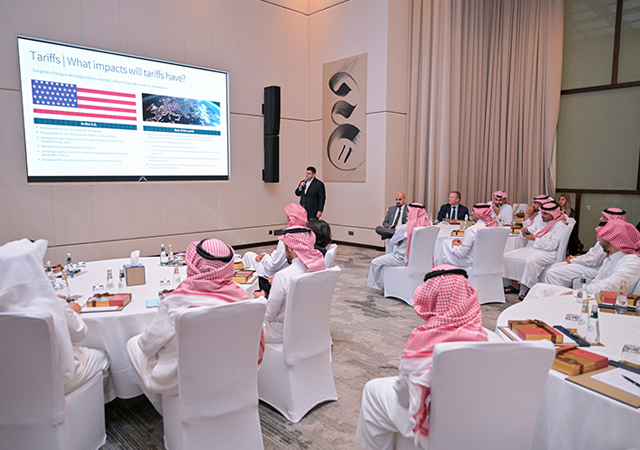
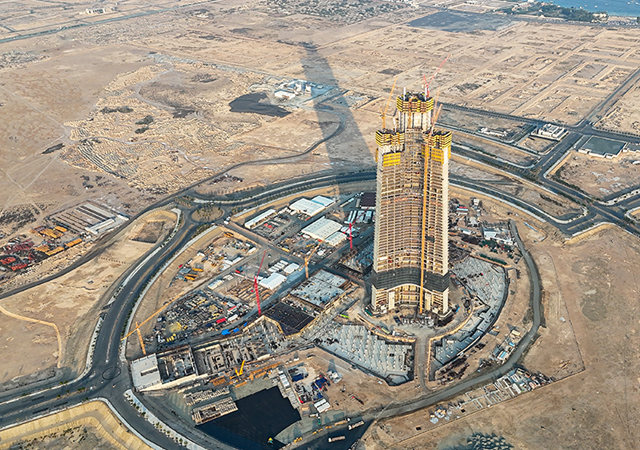
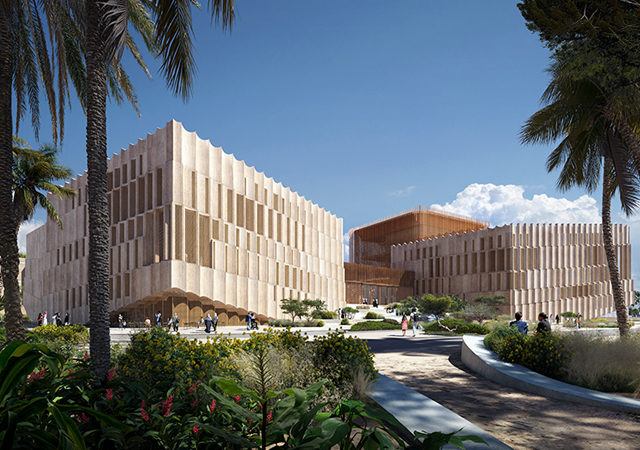

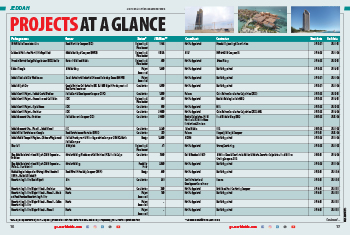
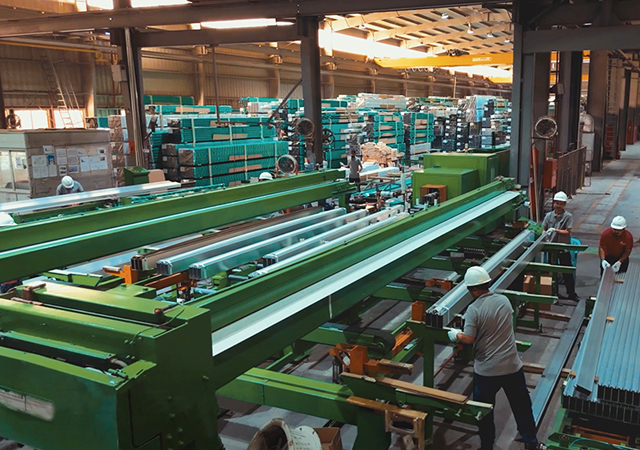


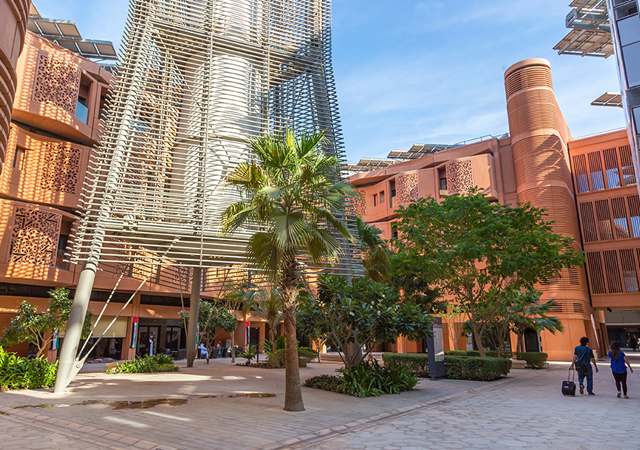
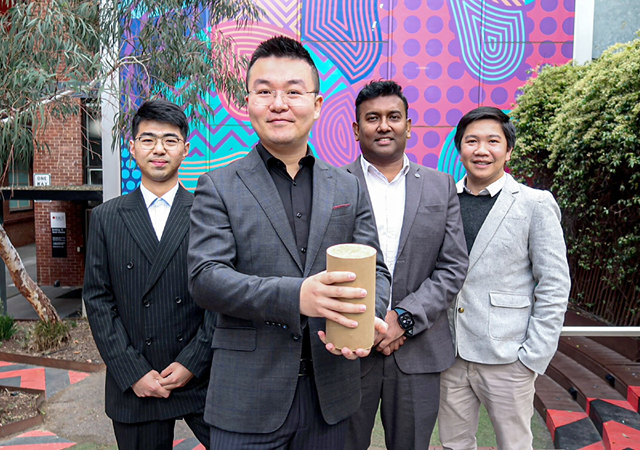
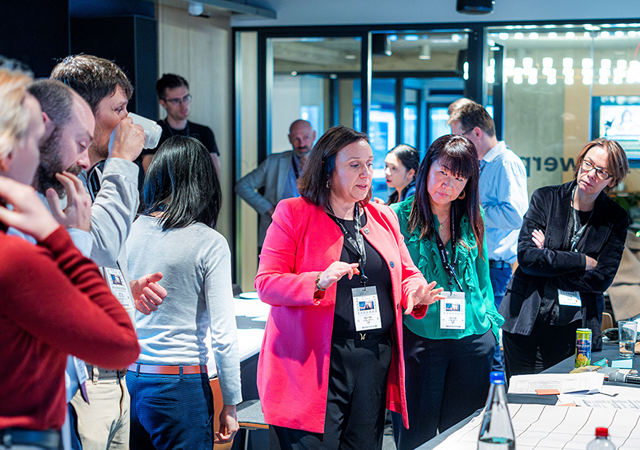

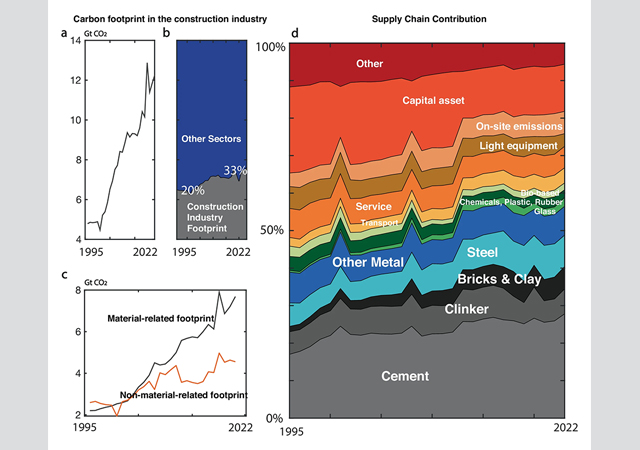
.jpg)

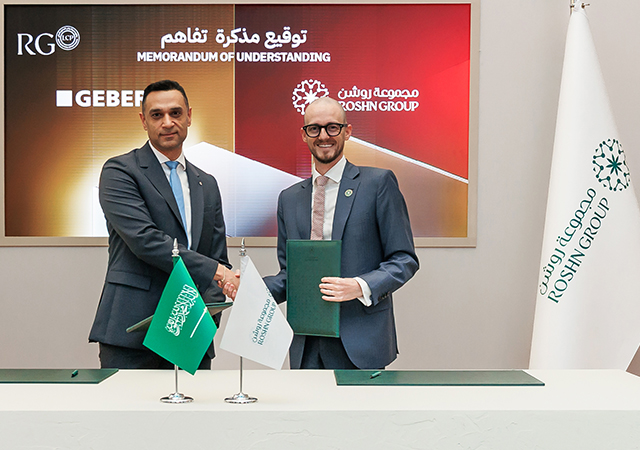



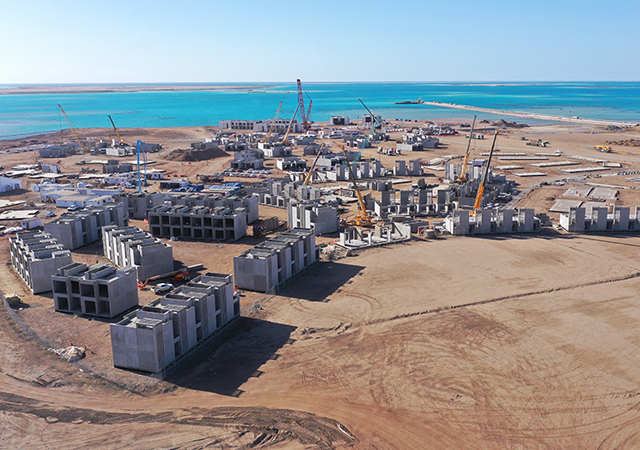


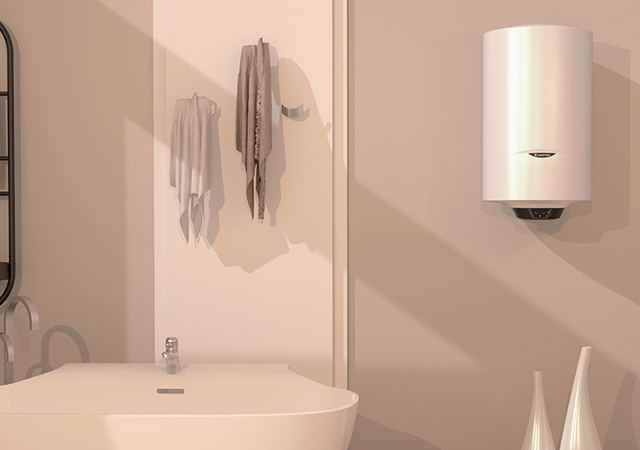
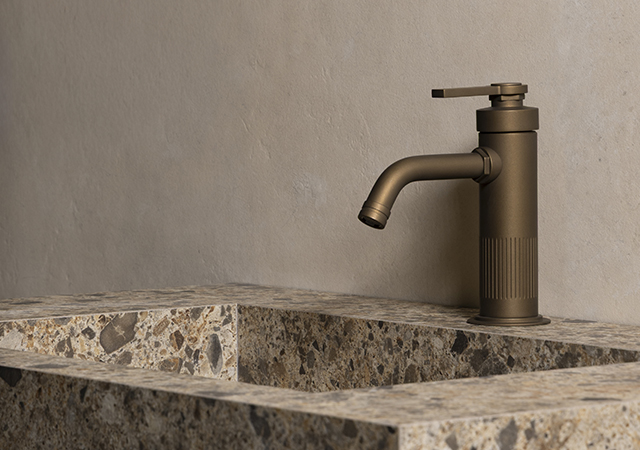

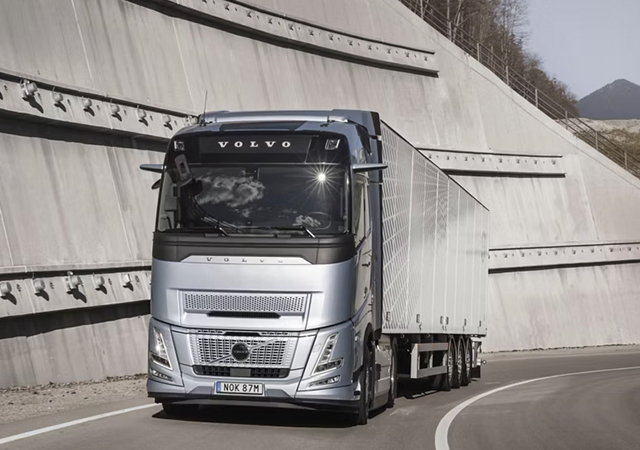
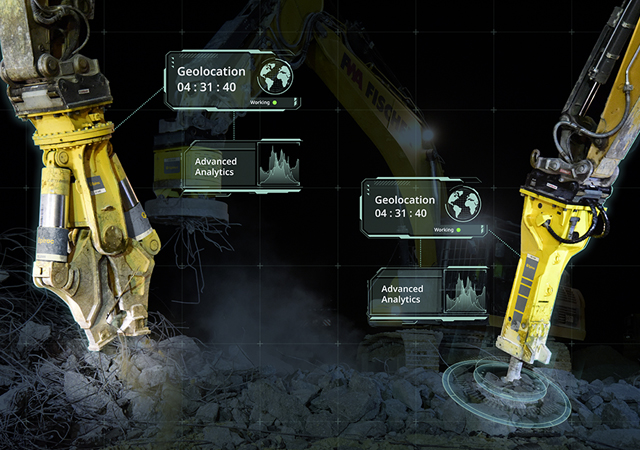
 (1).jpg)

